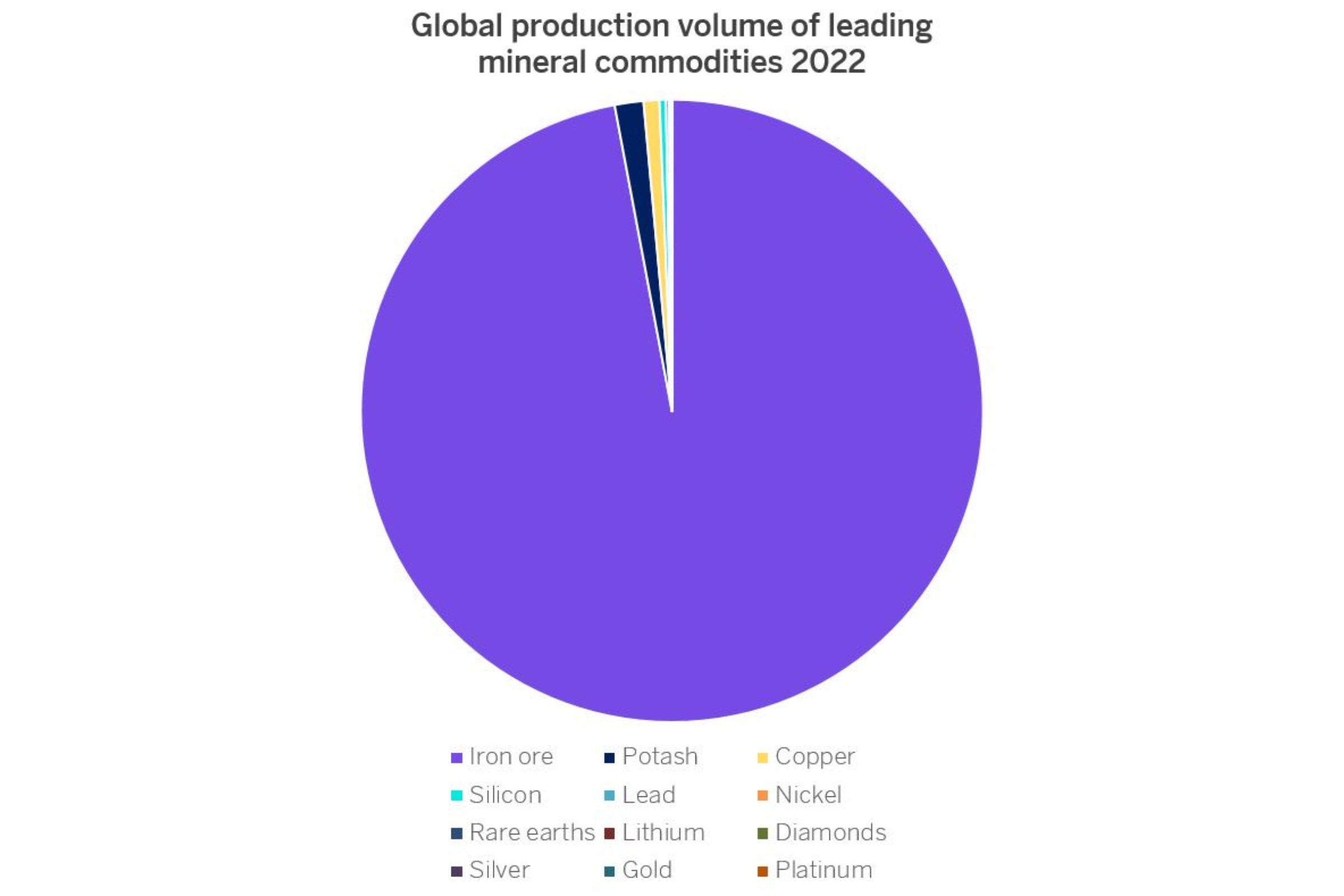Gold, wheat, oil, copper, corn... Commodities can be a profitable investment. Commodities retain their value better at times of inflation, and retail investors also have their momentum.
Commodities - tangible materials that can be traded, bought and sold, and thus invested in - can be a good investment opportunity for people who are in the know about the rise or fall in their demand. We're talking about commodities and basic products, such as oil, gold and copper, but also coffee, wood and cotton. What are the most in-demand materials at the moment? And in the future?
Humanity hasn't always demanded the same types of raw materials during its history. The Stone Age and Bronze Age are two historical periods characterized by the use of these materials. In keeping with this terminology, we are now in the Age of the Cement, Steel, Plastics (formally, petroleum polymers) and Ammonia, according to world experts such as Vaclav Smil, who has classified them as “the four pillars of modern civilization,” and for which we have no viable alternatives.
This is the annual production of the four pillars:
- Cement: 4.5 billion tons.
- Steel: 1.8 billion tons.
- Plastics: 400 million tons.
- Ammonia: 180 million tons.
To put these quantities into context, in 2020, mankind attained equality in terms of anthropogenic mass and biomass on the planet: all the matter processed by humans now weighs more than all life put together. Humanity behaves, at the planetary level, like a superorganism.
Investment opportunities
According to investment experts, the commodities that offer the most advantages in 2023 are gold, silver, oil, copper, natural gas, wheat, corn and nickel. Commodities offer an opportunity to diversify an investment portfolio, in part because they have a historically low correlation with stocks or bonds, meaning they don't behave the same. And, in the specific case of fully guaranteed commodities futures contracts, they are inversely correlated. This can help diversify risk.

Due to their characteristics, commodities tend to retain their value better in times of inflation. During times of inflation, investors tend to seek shelter in commodities like gold as a safe-haven asset.
We must not forget that the demand for raw materials has accelerated in recent decades, and that it will continue to do so as the poorest countries join the countries with a high Human Development Index. After COVID-19, there were significant bottlenecks in the manufacturing sector, and the war in Ukraine maintained this tension.
Precious metals have historically been in high demand, although other materials such as rare-earth metals are also coming into their own, as their price is driven up by their scarcity.
This demand in some specific commodities will continue to increase as the ecological transition continues, since, despite seeming counterintuitive, more sustainable technologies and renewable energies rely on more of these scarce materials during the transition period.
The best of both worlds
All your operational needs in one place. Invest in both traditional and digital assets with the backing and experience of the most secure Swiss banking.

